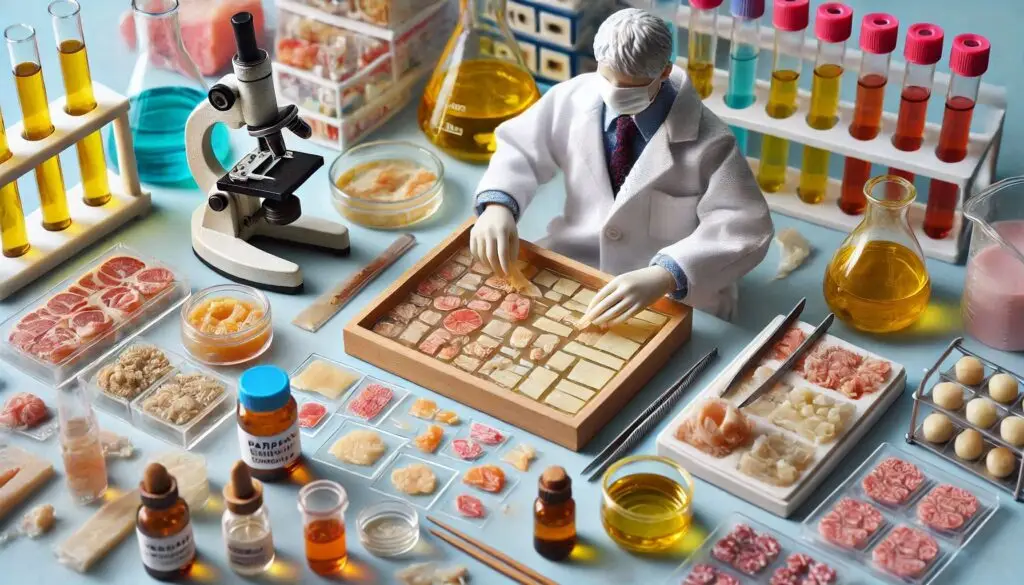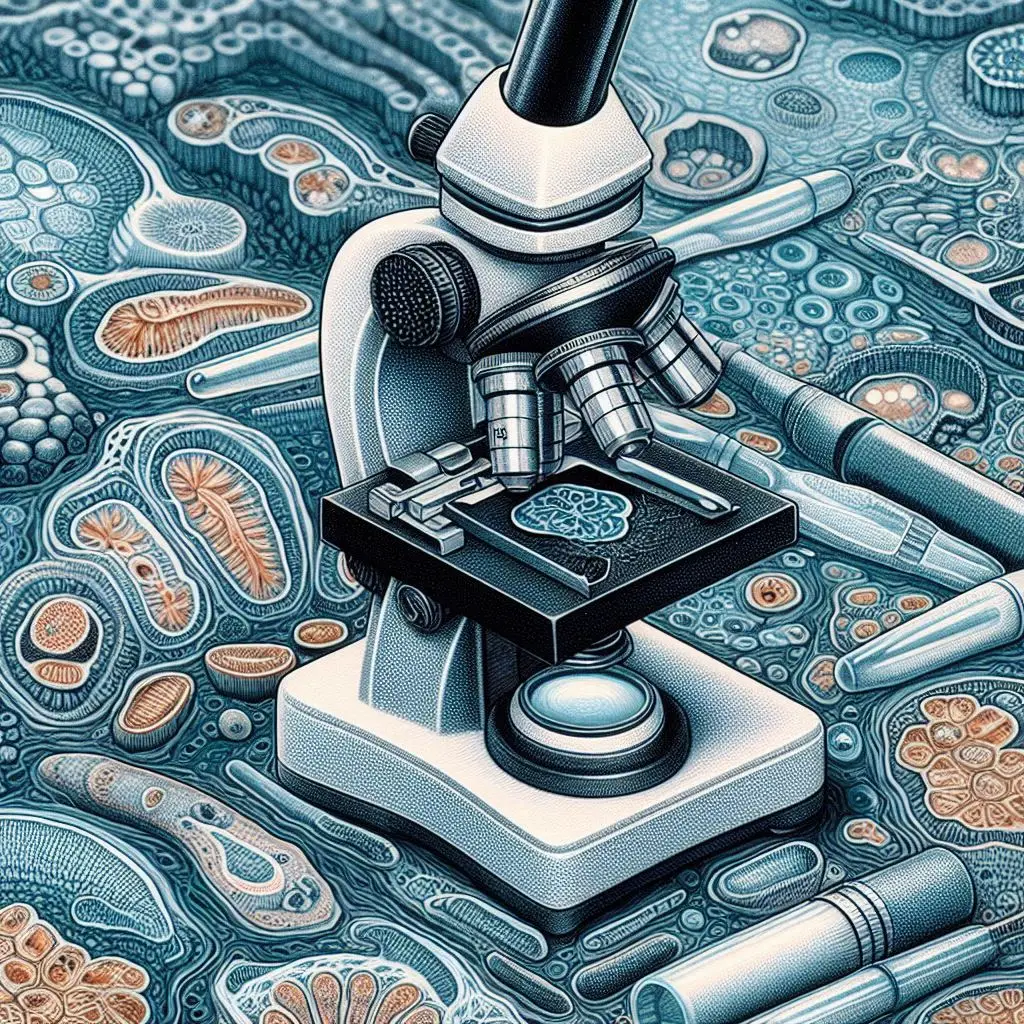Paraffin Embedding Technique

Introduction to Paraffin Embedding
The paraffin embedding technique is a cornerstone of histological studies. This method preserves tissue samples for microscopic examination. By embedding tissues in paraffin wax, researchers can obtain thin sections for analysis. This article delves into the steps involved in this technique, its historical background, and its applications in various fields.
Historical Background of Paraffin Embedding
The Origins of Paraffin Embedding
The discovery of paraffin embedding is often attributed to Wilhelm His Sr., who experimented with various methods to improve tissue preservation. Initially, Edwin Klebs rejected paraffin due to its inability to infiltrate tissues adequately. However, His modified the process by dehydrating tissues in alcohol and using hot paraffin wax for embedding. His successful technique laid the groundwork for modern histology practices.
Evolution of Histological Techniques
Over the years, the paraffin embedding technique has evolved significantly. Researchers have refined the process to enhance tissue preservation and sectioning quality. Today, it remains one of the most commonly used methods in diagnostic histopathology and biomedical research.
Steps Involved in the Paraffin Embedding Technique
1. Fixation
Fixation is the first step in the paraffin embedding process. It involves treating tissues with fixatives like formalin to preserve their structure. Proper fixation prevents autolysis and degradation of the sample.
2. Dehydration
Dehydration removes water from tissues, which is essential since paraffin is not miscible with water. This step typically involves a graded series of ethanol solutions:
- 70% Ethanol: 2 x 30 minutes
- 96% Ethanol: 2 x 30 minutes
- 100% Ethanol: 2 x 30 minutes
This gradual dehydration ensures that all moisture is eliminated from the tissue 4.
3. Clearing
After dehydration, tissues undergo clearing using agents like xylene or toluene. These solvents replace ethanol and prepare the tissue for infiltration with paraffin wax. The clearing step is critical because it allows for better infiltration of the embedding medium.
4. Infiltration
Infiltration involves immersing cleared tissues in molten paraffin wax at approximately 58°C. This step requires careful timing to ensure complete replacement of the clearing agent with paraffin:
- Immerse tissues in molten paraffin for about 45 minutes.
- Multiple changes of fresh paraffin are recommended to ensure thorough infiltration.
This step is crucial as it determines how well the tissue will hold up during sectioning.
5. Embedding
Once infiltration is complete, tissues are oriented in metallic molds filled with liquid paraffin. The molds are then allowed to cool until solidified. This step ensures that samples maintain their orientation during sectioning .
6. Trimming and Sectioning
After solidification, excess paraffin is trimmed away from the block. The embedded tissue can then be sectioned into thin slices (4-10 micrometers) using a microtome. These sections are placed on slides and prepared for staining .
Applications of Paraffin Embedding
Diagnostic Histopathology
Paraffin embedding plays a vital role in diagnostic histopathology. It allows pathologists to study abnormal cell structures and diagnose diseases accurately .
Biomedical Research
Researchers utilize this technique to investigate tissue structure and gene expression patterns in various studies . The ability to obtain high-quality sections facilitates advanced research methodologies.
Immunohistochemistry
The embedded samples can be stained for immunohistochemistry, enabling researchers to visualize specific proteins within tissues . This application enhances our understanding of disease mechanisms.
Advantages of Paraffin Embedding
- Preservation of Morphology: Tissues maintain their structural integrity during processing.
- Long-term Storage: Paraffin-embedded samples can be stored for extended periods without degradation.
- Compatibility with Staining Techniques: The method allows for various staining protocols that enhance visualization under a microscope.
Challenges and Considerations
While the paraffin embedding technique is widely used, it does come with challenges:
- Infiltration Time: Insufficient infiltration can lead to poor section quality.
- Sample Size: Larger samples may require longer incubation times in paraffin.
- Temperature Control: Maintaining appropriate temperatures during each step is crucial to avoid damaging the samples.
Conclusion
The paraffin embedding technique remains an essential process in histology. Its ability to preserve tissue morphology while allowing for detailed microscopic examination makes it invaluable in both clinical and research settings. Understanding this method’s steps and applications provides insights into its significance in advancing medical science.
For further reading on this topic, you can explore these resources:
- Histological Techniques – Mmegias
- Paraffin Embedding Protocol – CELLINK
- Wilhelm His Sr. and the Development of Paraffin Embedding – PMC
Also, For more pearls of Vets Wisdom:






Responses